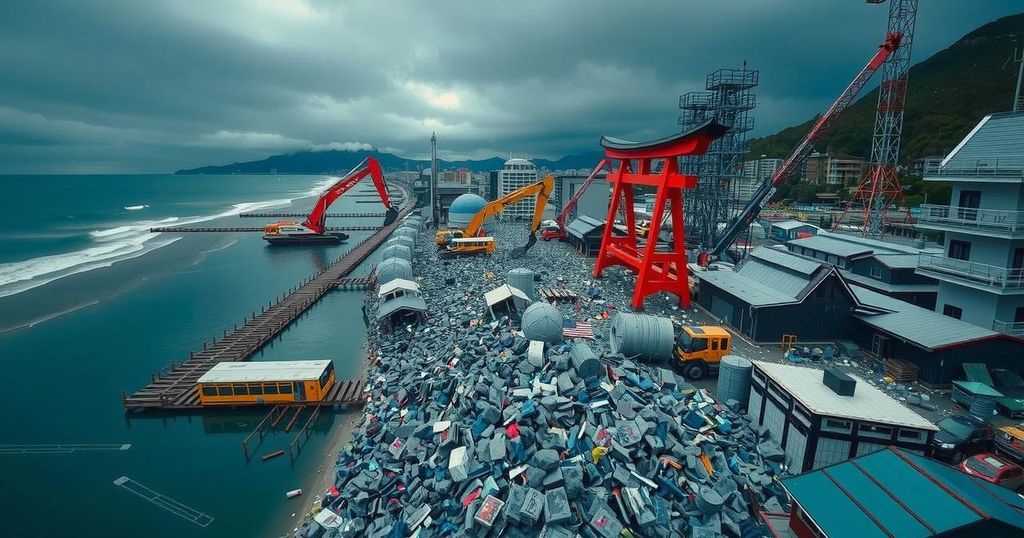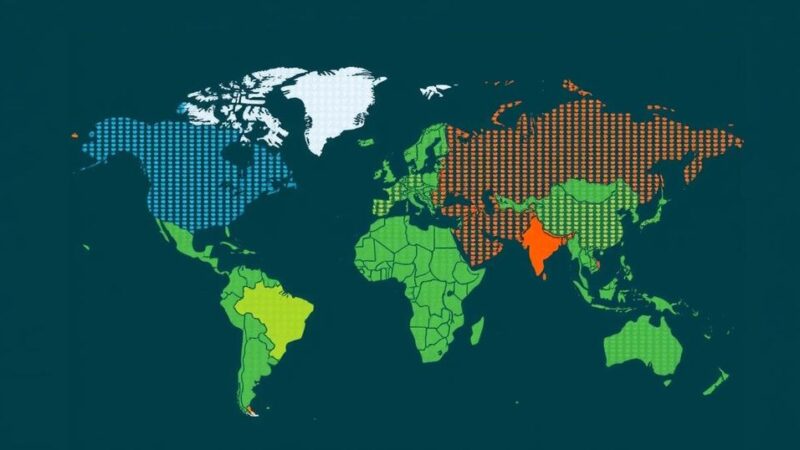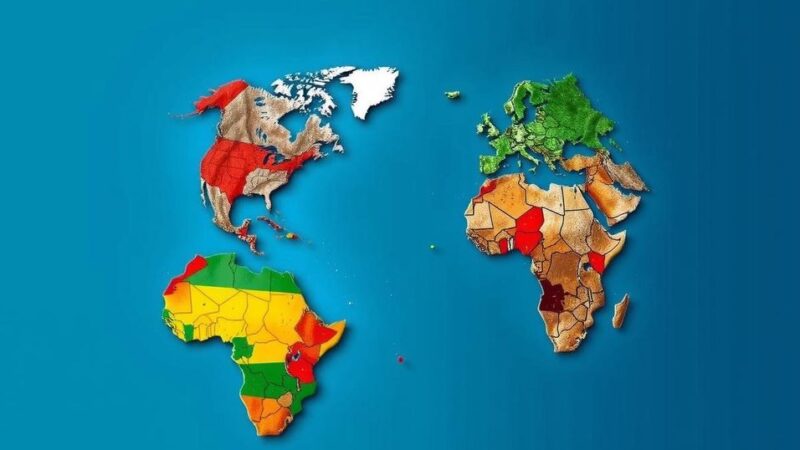The 2011 Tsunami and Earthquake in Japan triggered an immediate international and national relief response, with swift mobilization of rescue workers and aid. Initial rescue operations faced substantial challenges due to destruction and weather conditions, primarily shifting focus to body recovery. A significant number of individuals remained displaced for years, especially in the aftermath of the Fukushima nuclear crisis, while substantial reconstruction efforts were planned and implemented, culminating in a robust recovery strategy for the region.
In the immediate aftermath of the catastrophic earthquake and tsunami that struck Japan on March 11, 2011, Prime Minister Kan Naoto swiftly initiated the establishment of an emergency command center in Tokyo. This maneuver was designed to coordinate relief efforts as approximately 100,000 members of the Japanese Self-Defense Force were mobilized to address the crisis. The Japanese government also sought assistance from U.S. military personnel stationed in Japan, resulting in the dispatch of a U.S. Navy aircraft carrier to the region. Additionally, numerous countries, including Australia, China, India, New Zealand, South Korea, and the United States, deployed search-and-rescue teams, while international relief organizations such as the Red Cross pledged substantial financial and material aid to support Japan in its time of need. However, the operation was met with numerous challenges, particularly initial difficulties in accessing the severely devastated areas compounded by adverse weather conditions which hampered air operations. The rescue efforts faced the grim reality of widespread destruction, with entire towns obliterated and significant debris obstructing access. Although some individuals were rescued shortly after the disaster, the primary focus of relief operations shifted towards the somber task of recovering bodies, as many washed ashore in subsequent days. In the early hours post-disaster, many individuals sought refuge in shelters with limited supplies of food and water, while tens of thousands remained isolated in the hardest-hit areas. The crisis escalated with the evolving situation surrounding the nuclear reactors at Fukushima, subsequently resulting in a surge of displaced individuals. Over the initial weeks, the number of evacuees in Fukushima rose, even as some began to find alternative accommodations. While approximately a quarter of a million people remained in shelters two weeks post-event, ongoing relocations saw the count diminish gradually. Two years post-disaster, over 300,000 displaced persons were residing in temporary housing established in various locations such as Sendai, while still contending with the broader evacuation protocols concerning the Fukushima plant. The restoration of infrastructure, particularly transportation systems, progressed notably in the weeks following the disaster. However, power supply uncertainties persisted due to the Fukushima crisis, noticeably affecting industrial productivity, particularly in high-technology sectors. In response to the calamity, both the Kan and Noda administrations lobbied for disaster-related supplemental budgets, culminating in the approval of nearly $155 billion earmarked for reconstruction efforts. Furthermore, the establishment of a cabinet-level Reconstruction Agency in February 2012 marked a structured approach to coordinate the sustained rebuilding efforts in the Tōhoku region, projected to last for a decade. By early 2015, substantial progress had been reported, with nearly all debris cleared and major infrastructure projects underway in the affected areas, particularly seeking to fortify coastal defenses to preclude future disasters.
The 2011 Tohoku Earthquake and Tsunami represents one of the most devastating natural disasters in modern history, which not only caused significant loss of life but also had far-reaching economic impacts. The event underscored Japan’s vulnerability to seismic activity and natural calamities, prompting a national and international response that highlighted both the challenges of immediate rescue operations and the complexity of long-term recovery and rebuilding. The ensuing humanitarian crisis necessitated a cohesive response from various levels of government, military, and international assistance, revealing crucial lessons on disaster preparedness and the resilience of affected communities.
In conclusion, the response to the 2011 Tohoku Earthquake and Tsunami was marked by swift governmental action and widespread international support. Despite facing substantial challenges in the wake of such unprecedented destruction, both immediate and long-term recovery efforts were implemented, signifying Japan’s resilience and commitment to rebuilding. The aftermath necessitated significant financial investments and coordinated efforts to ensure the infrastructure’s restoration and the welfare of displaced residents, reflecting a concerted endeavor to overcome the lessons learned from the disaster.
Original Source: www.britannica.com






